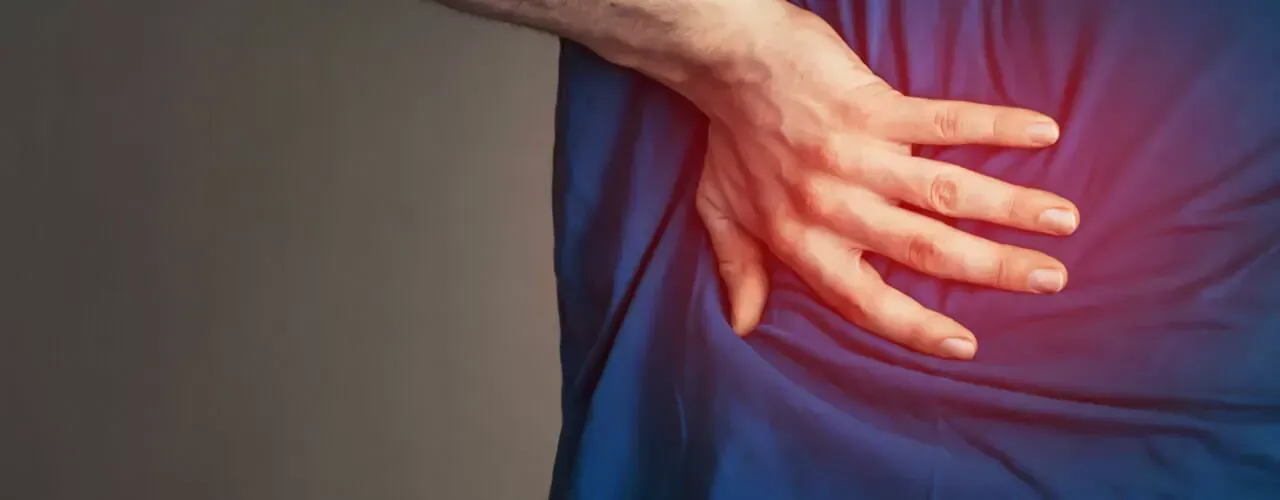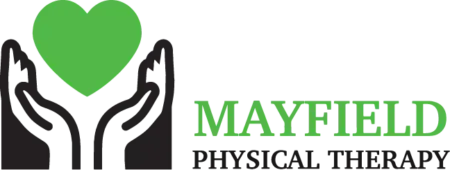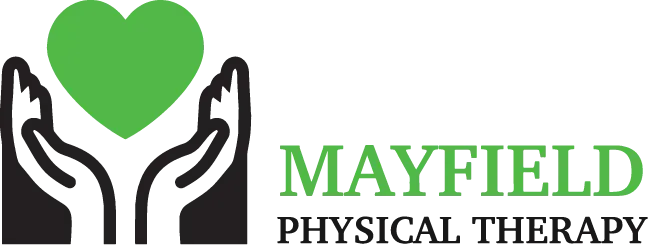HERNIATED DISCS: TROUBLESHOOTING TIPS FROM OUR PHYSICAL THERAPIST
Something is terribly wrong with you, but you’re not quite sure what it is. Strange neck pains, back pains, or extremity symptoms can indicate a variety of potential problems — including one or more herniated discs. How can you tell for sure whether you have this specific problem? If you do have a herniated disc, what can you do about it? These questions don’t have to add confusion and frustration to your physical woes. Here are some helpful tidbits of information from our physical therapist about herniated discs, their common symptoms, and how physical therapy can you overcome your distress.
WHAT IS A HERNIATED DISC?
“Herniated disc,” “slipped disc,” and “ruptured disc” are all just different ways of describing the same physical problem. Your spinal discs are squat discs of tissue that lie between the vertebrae. A disc consists of a fluid-filled center called the nucleus pulposus encased in an outer structure called the annulus fibrosus. This arrangement makes the disc both tough enough and spongy enough to absorb shocks.
Unfortunately, that toughness has its limits. Sometimes a disc will lose hydration over time, causing the nucleus pulposus to shrink. The disc loses its height, which stresses the spinal joints and may cause the disc to bulge outward. Eventually these changes can cause part of the annulus fibrosus to balloon and tear open; this is herniated disc. Herniated discs can also occur suddenly due to an auto accident, workplace accident, or sports injury that traumatizes the spine.
TELLTALE SIGNS AND REVEALING TESTS
Herniated discs don’t always cause symptoms, but the symptoms that they do cause can help you troubleshoot the nature of your problem. The most common symptoms include:
- Neck pain (if it’s a cervical disc)
- Back pain that seems to grow worse when you sneeze, cough, stand up or sit down
- Pain, tingling, or loss of sensation in a limb (the result of a herniated disc pressing against nerve roots)
- An inability to walk more than a few steps without pain
- Symptoms that started shortly after an accident, extreme twisting of the neck or back, or an attempt to lift a heavy object
- Symptoms that began after you gained a lot of weight (since obesity is a risk factor for disc problems)
If your symptoms seem to be soothed by massage, heat, or cold, you’re more likely to have a strained muscle or tendon than a herniated disc. Ultimately, the most accurate way to confirm a herniated disc is through medical imaging. X-rays can reveal not only the abnormal shape of a herniated disc, but also whether the herniation is pinching a nerve.
PHYSICAL THERAPY TO HELP YOU TREAT YOUR HERNIATED DISC
A herniated disc can cause a lot of misery — but don’t panic. Most herniated discs can be treated successfully without surgery. Physical therapy can be instrumental in helping you reduce or eliminate your symptoms. Our physical therapist can recommend specific exercises to build up the strength in your back or neck. These exercises can counter any atrophy or weakness you’ve experienced due to your herniated disc. They can also reinforce your neck and back, lending these structures extra support and making them less vulnerable to future herniation. We may also recommend other non-invasive techniques to complement your physical therapy exercises and help you heal.
Are you ready to learn more about herniated discs and get the answers your neck or back needs? Contact Mayfield PT today to schedule a consultation!
SOURCE:
- https://www.spineuniverse.com/conditions/herniated-disc/physical-therapy-herniated-discs
- https://www.mayoclinic.org/diseases-conditions/herniated-disk/diagnosis-treatment/drc-20354101
- https://www.healthline.com/health/herniated-disk#causes
- https://www.webmd.com/pain-management/do-i-have-a-herniated-disk#1
- https://www.choosept.com/symptomsconditionsdetail.aspx?cid=79ef56df-780e-4ad0-963f-94364404125a
REQUEST APPOINTMENT
ARE YOU READY TO LIVE PAIN-FREE?
LATEST BLOGS


